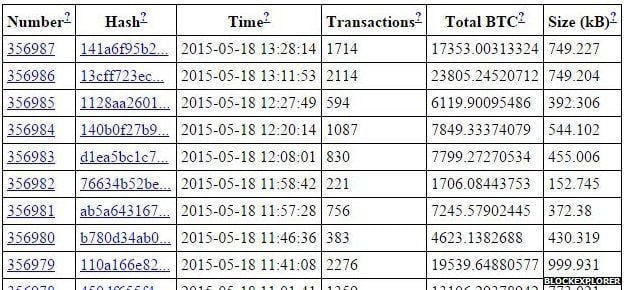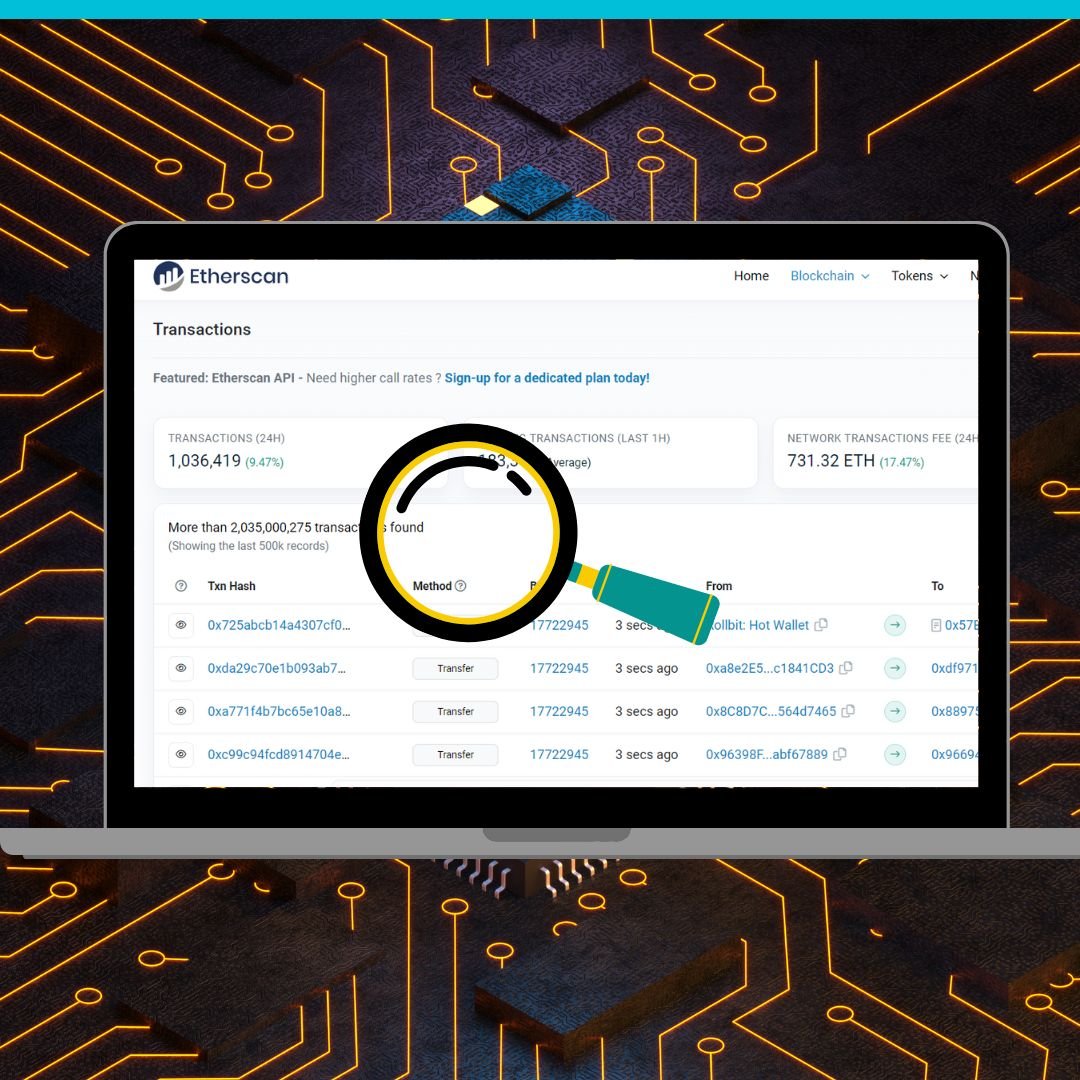Are Crypto Transactions Transparent?
In the world of cryptocurrencies, transparency is a fundamental characteristic that sets them apart from traditional financial systems. Unlike conventional banking, where transactions are usually private, crypto transactions are public and transparent. This blog explores the underlying mechanisms of transparency in cryptocurrencies, focusing on the popular block explorers of Bitcoin and Ethereum. Additionally, we’ll delve into the fundamental difference between public and private blockchains, shedding light on how they impact data accessibility and control.
Public Ledger: The Foundation of Transparency

At the heart of every cryptocurrency’s transparency lies the public ledger, also known as the blockchain. Both Bitcoin and Ethereum employ a decentralized, distributed ledger that records every transaction ever made. These records are accessible to anyone, offering full transparency of financial activities.
Bitcoin Block Explorer: Unveiling the Bitcoin Blockchain
Bitcoin, as the pioneering cryptocurrency, paved the way for the transparency trend. The Bitcoin block explorer is a web-based tool that allows users to view and analyze the entire transaction history of the Bitcoin blockchain. By simply entering a Bitcoin address, users can explore its associated transactions, including sender and receiver addresses, timestamps, and transaction amounts.
Bitcoin Block Explorers:
- Blockchain.com – URL: https://www.blockchain.com/explorer
- Blockchair – URL: https://blockchair.com/bitcoin
- Blockstream.info – URL: https://blockstream.info/
Ethereum Block Explorer: Illuminating the Smart Contract Platform
As one of the most significant advancements in the crypto space, Ethereum brought smart contracts to life. The Ethereum block explorer provides a similar functionality as its Bitcoin counterpart but extends its capabilities to showcase smart contract interactions. Users can track not only token transfers but also smart contract executions and decentralized application (dApp) activities.
Ethereum Block Explorers:
- Etherscan – URL: https://etherscan.io/
- Etherchain – URL: https://www.etherchain.org/
- Blockchair – URL: https://blockchair.com/ethereum
How Block Explorers Work: The Simplified Mechanism
Block explorers work by tapping into the public blockchain network and indexing its data. Here’s a simplified breakdown of how they function:
a. Data Collection: Block explorers retrieve data from multiple nodes spread across the decentralized network. These nodes continuously validate and store new transactions in blocks.
b. Indexing: Once the data is collected, the block explorer indexes it, making it easier to search and access specific information. Indexing helps to speed up the retrieval process when users search for transaction details.
c. User Interface: The indexed data is presented through a user-friendly web interface. Users can input transaction hashes, wallet addresses, or other details to access the information they seek.
d. Real-time Updates: Block explorers update in real-time, reflecting the latest transactions and changes to the blockchain. This ensures that users have access to the most current data available.
Public vs. Private Blockchains: Understanding the Fundamental Difference
In the realm of blockchain technology, two distinct variations have emerged – public and private blockchains. At their core, both types share the principle of decentralization, where data is distributed across a network of nodes. However, the key differentiator lies in accessibility and control. Public blockchains, like Bitcoin and Ethereum, are open to anyone, allowing anyone to participate, validate transactions, and access the complete transaction history. Conversely, private blockchains are permissioned, restricting access and control to a select group of authorized entities. This controlled access ensures greater privacy and is often favored by businesses and organizations seeking to maintain confidentiality and tighter governance over their blockchain networks.
Conclusion
The public and transparent nature of crypto transactions is a revolutionary concept that underpins the trust and accountability of cryptocurrencies. Block explorers for Bitcoin and Ethereum are essential tools that enable users to gain insight into the on-chain activities, ensuring a level of transparency unparalleled in traditional financial systems. Embracing this transparency, crypto enthusiasts, businesses, and regulators can collectively foster a more secure and trustworthy financial ecosystem. Understanding the difference between public and private blockchains further highlights how blockchain technology continues to evolve, offering diverse solutions tailored to various industries and use cases.







